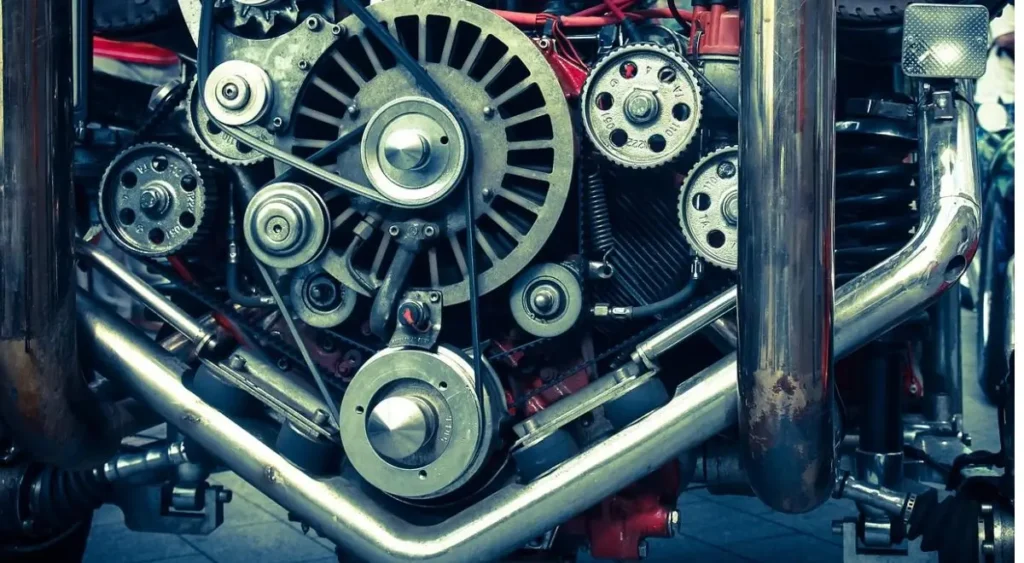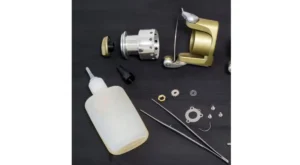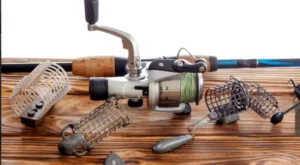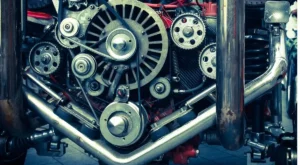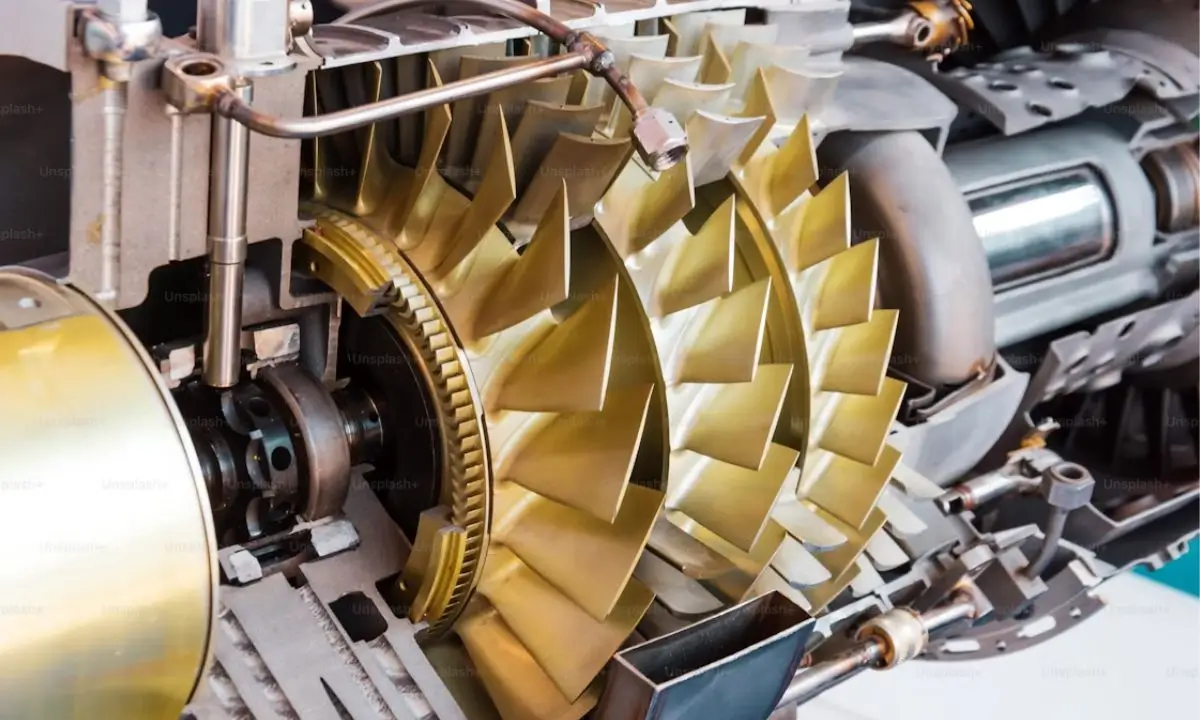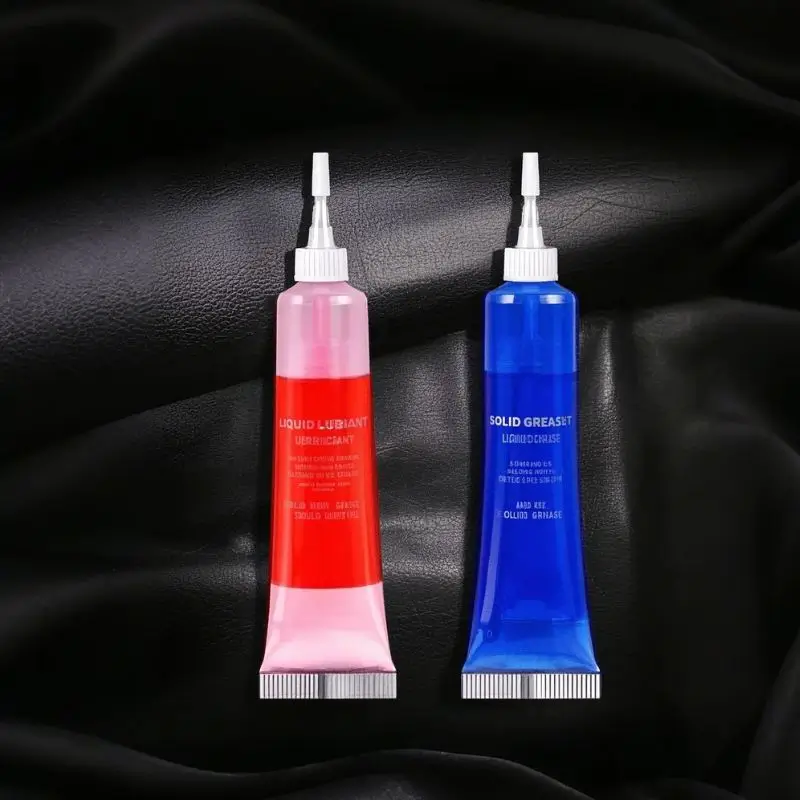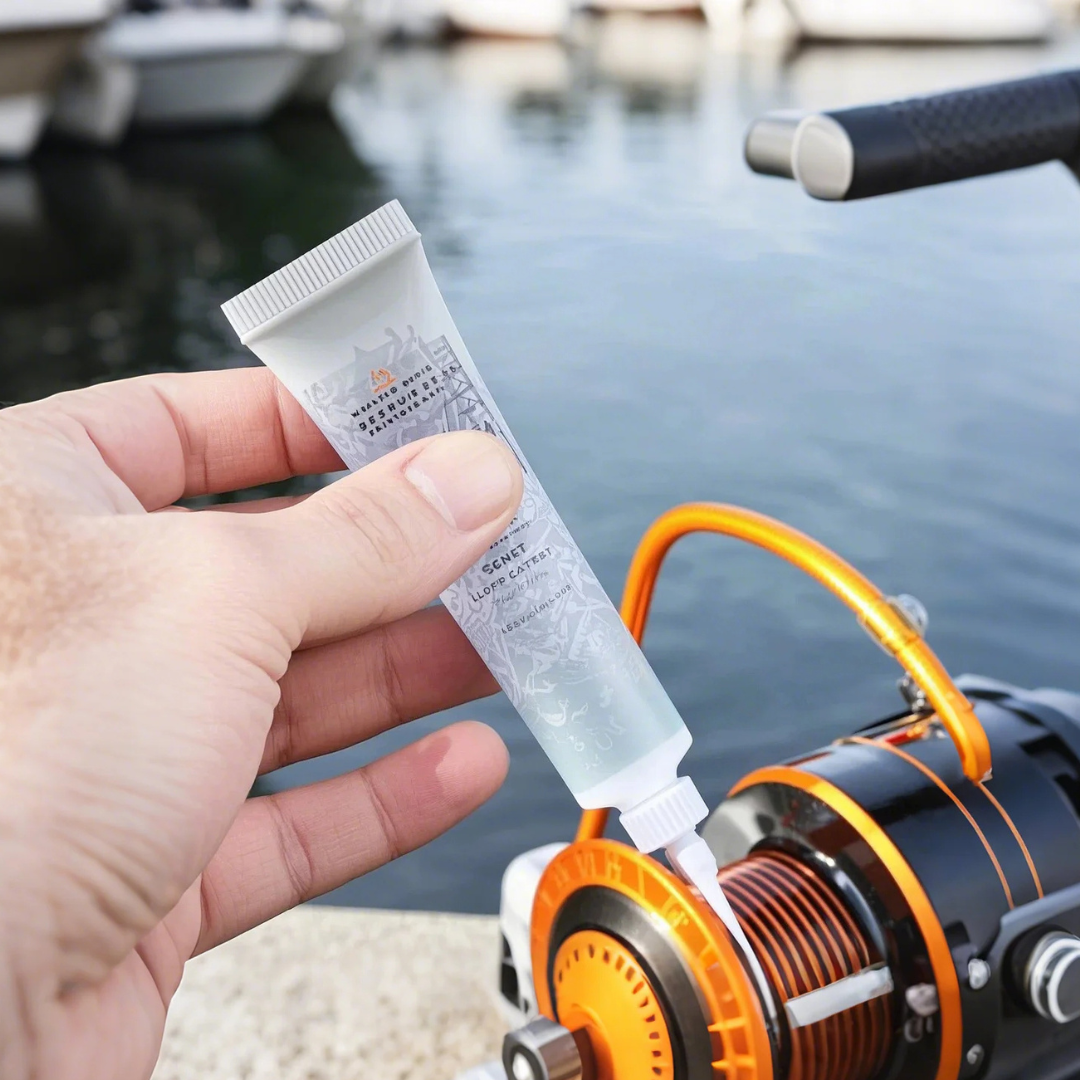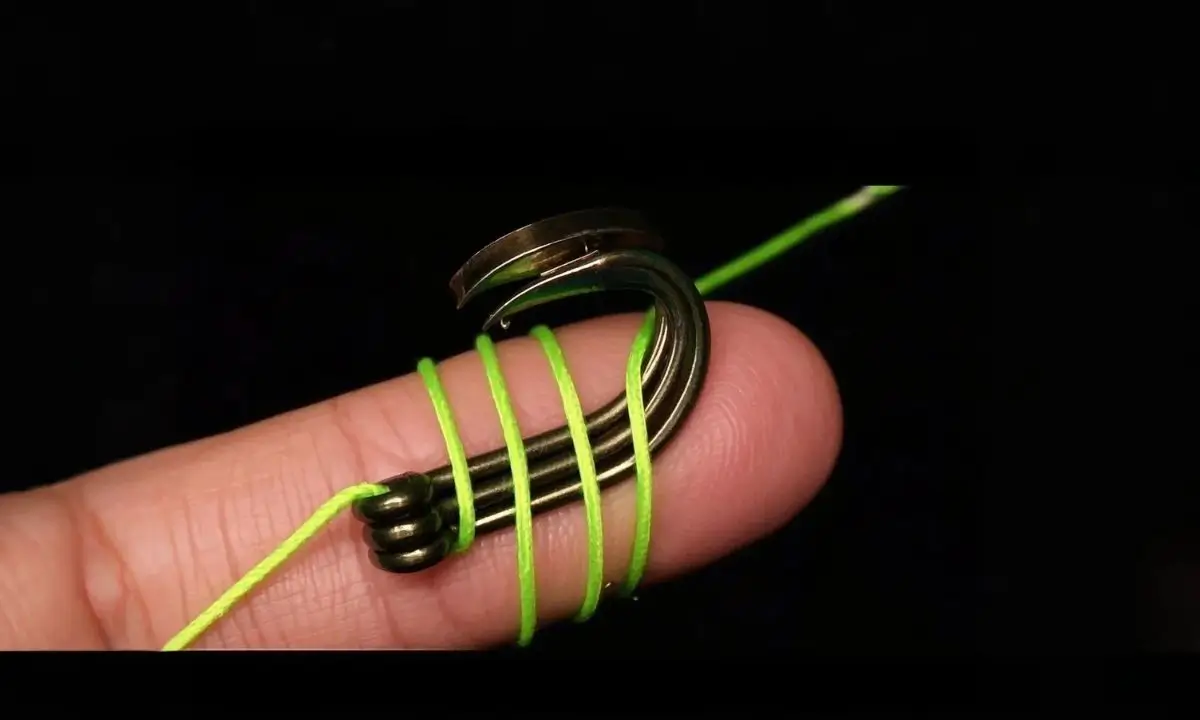🎣 Introduction:
Choosing the Best Gear Ratios for Different Fishing Techniques is essential for maximizing your fishing success. Each fishing style, whether trolling, jigging, or casting, requires a specific gear ratio to optimize lure action and line retrieval speed. In this guide, we’ll help you understand how to pick the right gear ratio for various methods to catch more fish efficiently in 2025.
Why Gear Ratio Matters in Fishing:
When it comes to fishing, one of the most overlooked — yet critical — factors is gear ratio. Whether you’re flipping for bass, trolling for mahi-mahi, or jigging deep for snapper, your reel’s gear ratio determines your success. But what exactly is it?
In this guide, I’ll break down everything I’ve learned over the last 6 years of fishing in different waters. From freshwater finesse to deep-sea monsters, this article will help you choose the best gear ratio for every fishing technique. Let’s reel in the truth!
⚙️ What Is Gear Ratio in Fishing Reels?
“The gear ratio tells you how many times the spool rotates with one full turn of the reel handle.”
For example:
A 6.4:1 gear ratio means the spool spins 6.4 times for every handle turn.
The first number shows how quickly the spool rotate
The second number is always “1”, representing one full handle rotation.
🎯 Why It Matters:
- Faster ratio = quicker line retrieval.
- Slower ratio = more torque, better control for heavy fish.
✅ Benefits of Using the Right Gear Ratio
Choosing the right gear ratio affects:
- 🎣 Retrieval speed (fast or slow techniques)
- 🐟 Hook setting power and torque
- 🌊 Control in deep or strong current fishing
- 💪 Fatigue reduction during long days on the water
A mismatch means wasted time, missed fish, and frustration.
🛠️ Best Gear Ratios by Fishing Technique
Let’s break it down by fishing style so you can pick the perfect reel ratio.
🎯 1. Spinning Reels (Best for Versatility & Beginners)
Recommended Ratio: 5.2:1 to 6.2:1
- Use for: Lightweight lures, finesse fishing, live bait
- Why: Balanced speed and control
🔹 Example: 6.2:1 is ideal for drop shot or slow jigging where feel is more important than speed.
🎯 2. Baitcasting Reels (Power + Precision)
Recommended Ratio: 6.3:1 to 8.1:1
- Use for: Bass fishing, flipping, pitching
- Why: Fast retrieve lets you cover more water and react quicker
🔹 My Go-To: I use a 7.1:1 for topwater and spinnerbaits — quick line pickup after each cast.
🎯 3. Trolling (Saltwater Big Game or Freshwater Stripes)
Recommended Ratio: 4.1:1 to 5.1:1
- Use for: Big saltwater species like mahi-mahi, tuna, or wahoo
- Why: Slower ratio gives torque for fighting big fish
🔹 Pro Tip: When trolling for mahi-mahi in the Florida Keys using deep-diving lures, I prefer a 4.2:1 gear ratio for smoother control and better lure action.
🎯 4. Jigging (Vertical Fishing or Deepwater)
Recommended Ratio: 6.0:1 to 7.0:1
- Use for: Snapper, amberjack, grouper
- Why: Fast drop, fast retrieve, vertical control
🔹 Real Case: A 6.3:1 helped me land a 30lb amberjack — fast enough to beat the reef.
🎯 5. Surf Fishing (Distance + Stability)
Recommended Ratio: 4.9:1 to 5.6:1
- Use for: Striped bass, redfish, pompano
- Why: Slow retrieve with enough power for casting distance and reeling in heavy sinkers
🎯 6. Ice Fishing (Precision in Tight Spots)
Recommended Ratio: 2.5:1 to 4.9:1
- : Best suited for: Light jigging rigs used in ice fishing holes.
- Why: Low-speed, high-control for cold conditions
🔹 Tip: I use 3.6:1 for crappie and perch under frozen lakes — steady, no over-pull.
📊 Pros and Cons of Gear Ratios
| Gear Ratio Type | Pros | Cons |
| High (7.0:1+) | Fast retrieve, ideal for lures | Less torque, hard on big fish |
| Medium (5.4:1–6.4:1) | Balanced for most techniques | Jack of all trades, master of none |
| Low (3.8:1–4.9:1) | High torque, control in deep water | Slower retrieval |
🐠 Match Gear Ratio to Your Target Species
| Species | Recommended Gear Ratio |
| Bass | 6.3:1 to 7.3:1 |
| Catfish | 5.1:1 or lower |
| Trout | 5.4:1 to 6.0:1 |
| Snapper/Grouper | 5.1:1 to 6.2:1 |
| Tuna | 4.2:1 |
🔹 Remember: Smaller fish = faster ratios
🔹 Bigger game = lower ratio for torque
🧠 Real-Life Experience: What I Use & Recommend
After years of testing in ponds, rivers, and offshore:
- For bass: I always keep a 7.1:1 baitcaster handy.
- Ans: For offshore jigging, I always rely on my Daiwa spinning reel with a 6.3:1 gear ratio—it never lets me down.
- For trolling: Penn Fathom 4.3:1 handles mahi and wahoo effortlessly.
🎣 Tip: It’s smart to carry two reels with different gear ratios in your tackle box to easily switch between fishing techniques.
📌 Related Questions (People Also Ask)
- What’s the best gear ratio for bass fishing?
- Is higher gear ratio always better?
- Can I use a high gear ratio for trolling?
- What gear ratio is best for jigging?
👉 These can be used as internal FAQ Schema or headings for future content.
“If you want to learn more about the latest fishing gear ratios, check out the keywords below.”
Looking for a clear and easy-to-read fishing reel gear ratio chart? Explore our visual guide to compare ratios and choose the right reel for your needs.
🏁 Conclusion: Choose Smart, Fish Smarter
Finding the best gear ratio for different fishing techniques isn’t about using the fastest reel — it’s about balance. The right ratio helps you catch more fish, with less effort, and more control.
🎣 Whether you’re a beginner or a pro angler like me, investing time in understanding gear ratios will change your fishing game forever.


